A creative-led integrated marketing agency
Why it’s Become Dangerous & How to Spot It
Fake news is not new. What’s new is its growing power to wreak havoc on the real world. Governments, individuals and organizations have used fake news to drive their agendas since the dawn of civilization; think propaganda, misinformation, disinformation, hoaxes and even satire (as humanity progressively loses its sense of humour).
In the pre-social media age the influence of fake news and its ability to cause havoc were limited and required vast resources. Fake news was largely confined to government propaganda, the pages of gossip columns or whispers in the halls of society. But with social media this has changed. Anyone now has the power to spread fake news without limit.
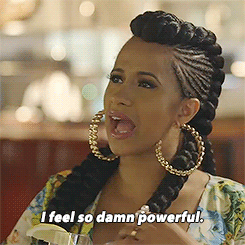

What is Fake News?
Fake news is any news story (internet post, printed material, forwards, word of mouth etc…) that can be secularly disproven and found to be objectively false. It’s important to remember that some groups value feelings over facts and thus when uncomfortable facts are spoken about, these groups will discredit those facts as fake news, just because it make them uncomfortable.
Broadly, there are two types of Fake News:
Stories that aren’t true: These are invented by entities with a vested interested in doing so; political organizations, marketing teams, conspiracy theorists, government propagandists and other such entities.
Stories rooted in truth but which are inaccurate: These pieces present distortions of the truth.
The Effects of Fake News
There is no need to look outward to see the negative effects of fake news. In Sri Lanka, we’ve been victim to it, arguably for decades. However, the most visible effects are the recently renewed racist fervor that took hold and resulted in violence, deaths and damage to property & psyche. The entire campaign was built on fake news. News stories that weren’t real or at least highly inaccurate. Lives were lost, lives were ruined and all of this can be significantly attributed to mindless sharing and promotion of fake news on social media.
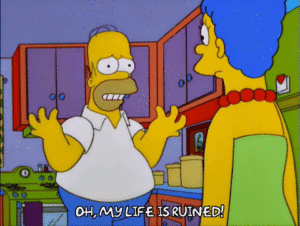
No One is 100% Innocent
Even the most respected news outlets, governments and organizations have at times dipped their hands into the honey pot that is fake news to sway opinion in one way or another. Examples abound endlessly as you can see here, here, here & here. These from reputable, respected and trusted news sources; imagine the madness that goes on in the less reputable areas of the internet and in less reputed print publications.
How to Spot & Defend Against Fake News
The most important thing to do is to think! Think before you click, think before you share & think before you believe!
Develop a Critical Mindset: Fake news is often highly believable because it’s designed to trigger an emotional response. Be critical and skeptical and always double chec
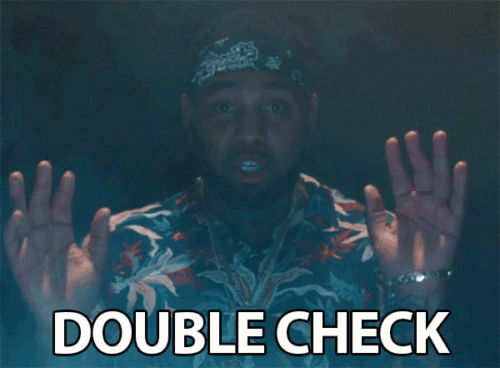
Check Sources: Can a clear source be verified. If one can’t it’s probably almost certainly fake news. If a source can be verified then check on that source. Are they reliable? If it’s word of mouth, think about whom you heard it from. Are they reliable?

Is it Being Widely Reported? Just because something isn’t being widely reported doesn’t automatically mean it’s fake news. Even the respected news outlets have an agenda. However, if something isn’t being widely reported on respectable platforms, then the likelihood of it being fake is extremely high.

Look for Evidence: A credible story will have plenty of verifiable facts, cited sources, quotes from experts, official statistics and other such ‘truth markers’; Unknown experts, sources who do not want to be named, ‘friends’ and other such unverifiable information are big red flags..

Fake Images: Often images are spread of fake incidents or of one incident passed off as another. We saw plenty of these here in Sri Lanka. Tools like Google Reverse Image Search can help find whether images are fakes.

Does it Sound Right? Don’t believe everything you see and read on the internet. Fake news is designed to trigger an emotional response that feeds your biases and fears. Don’t be the fool that puts feelings over facts.

Google It! If you come across something, Google it adding the word ‘scam/hoax/fake’ and there are plenty of community driven sites that track and list known fake stories and scams.
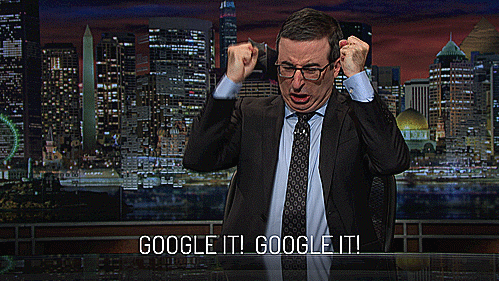
A Final Word
If information has become easier to spread, it’s because access to information has increased; which also means that information can be more easily verified today than ever before. The problem, it seems, is that we’re happier to be driven by emotion rather than logic or rationality; that our attention spans have dwindled so much that we just mindlessly share without a thought about our actions. Don’t be helpless by choice! Take a stand. Check information before you share. Verify before you believe and most of all, use a bit more common sense!
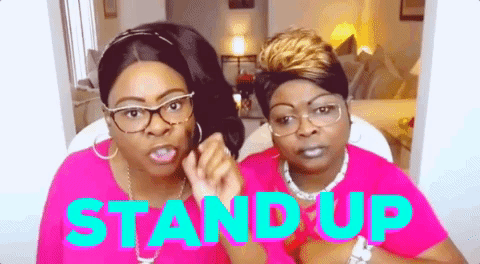
Have you been a victim of fake news? Are you a creator of fake news? 

